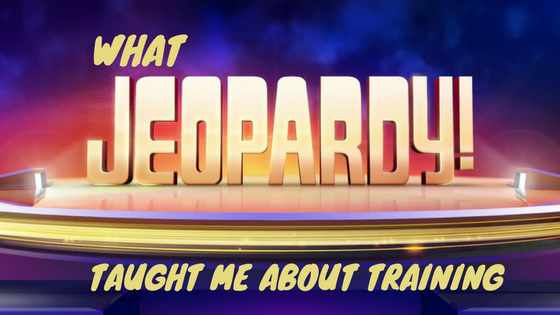I unapologetically love Jeopardy. Despite the fact that I’m horrible at about 75% of the categories, I consistently tune into the show. Loving Jeopardy isn’t uncommon, but there is one thing about my fascination that makes me an oddball (apparently): I love the contestant stories. Most people either ignore them or fast forward, but I like to know the facts defining the lives of contestants.
One time I was watching the Teacher’s Tournament, any there was a history teacher who took a unique approach in his class. Rather than starting with colonial America as many US history classes do, he took the approach of working backwards. Rather than answering “what happened next?” he answered the question “how did we get here?” This resonated with me because I always felt like my history classes ended with the Civil War. We’d fall behind on the syllabus and never make it into the 1900’s. Oddly enough, this contestant implemented his reversed curriculum because of the same feed back from students: they never made it past the Civil War in history class.

While I am not, nor will I ever be, a history teacher, this method of teaching has its place in many environments. In fact, I have tried to implement this into my training style because of this Jeopardy contestant.
How does this work in an office environment?
When implementing a new process or procedure, show how it’s done. Rather than give background information or history first, explain the process and desired result at the most simple and elementary level. Then, you give each step meaning. By doing this and adding context to each step, you’ll be providing a more thorough understanding if the process you’re hoping to explain.
This may seem obvious, but it’s all too common to start with the history of a process. Explaining why something is done is not always as important as how to do it and it’s important not to provide too much information. Remember, trainees are not going to remember everything you tell them and you want the most important information to be remembered after the training.
With this said, if you know the history of a process, don’t ignore it. It gives a deeper explanation of topic at hand and provides meaning to your work. When people know the steps to accomplishing a task, these steps are only enhanced when context is applied to them.
There are two important take-aways from this piece. Firstly, try new training methods. Everyone learns differently and if you consistently rely on the same style of training then you won’t connect with your whole audience. The other important message: watch the contestant interviews on Jeopardy. I can’t be the only one who likes them…right?






You must be logged in to post a comment.